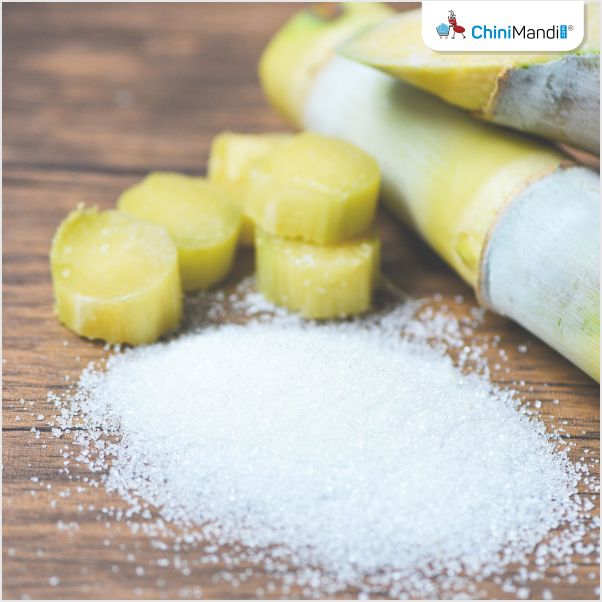Canaries in the Coal Mine
Canaries used to be taken into the coal mines in Great Britain as they were more sensitive to dangerous gasses that could build and become a threat to miners. Early warning devices, so to speak. Today, Brazil produces about 6 million tons of coal a year, but it is all open pit mining, so they don’t need canaries. However, the Brazilian sugar industry does appear to have several canaries that appear to be warning us, something is seriously wrong.
Every two weeks, UNICA releases a crush report and so far up until the middle of August, the cane crush is only showing a cumulative drop of 6.7%. If that were to continue, it projects to a cane crop of 565 million tons. However, private estimates seem to have come to a consensus of around 520 MMT. That would be a drop of 14%, but so far the only hint that we might fall to that number is the falling yield that UNICA has been showing, though the last report only gave a full yield number and not a bi weekly report which better shows the deterioration. I hand calculated a drop of 16.28% for the first half of August. Other information I have received indicates the drop actually was 20% in relation to last year. Then again the yield data that is being released is from a sample size varying between 22 and 68 mills, so it is incomplete.
The international market can hear all of the comments from mills (remember they are producers), or trade houses (remember they have their own positions, including spec positions) or from analysts (who are generally more conservative), but until they see an actual drop in cane production, they just might not believe the talk. We saw this two years ago in Thailand. There were warnings of a sudden death, but the market still seemed to be taken by surprise when the harvest suddenly ended within several weeks.
Beyond the falling yield numbers in Brazil, there are two canaries that have suddenly started to chirp. (They would actually become ill or die in the mines due to increases of carbon monoxide) The canaries I talk about are the ESALQ internal sugar price and anhydrous ethanol. Just looking at what happened last week. The New York #11 rallied 2.34%, but the bulk of that rally was on Friday. Up until Thursday the market had just been chopping around in a range and closed up 0.51% on Thursday evening. However, the canaries rallied 5.58% (ESALQ), and 6.01% (anhydrous ethanol). Even hydrous ethanol, which has been suffering in consumption given the price vs gasoline is running at 75%, when 70% is considered the cut off point for demand, rallied 5.84%.
One explanation for this increase is that sugar consumers within Brazil, as well as fuel distributors believe the sugarcane crop is in serious trouble. Given they are “in the country” they have better visibility than most, and they are trying to prepare for the worst. Last week, I would note that the export basis went from 30 under Oct to 50/35 under. External consumers perhaps are still waiting for confirmation of damage. By that time, it could be too late. Observe the canaries!
Click here to read Episode 1
Click here to read Episode 2
Click here to read Episode 3
Click here to read Episode 4
Click here to read Episode 5
Click here to read Episode 6
Click here to read Episode 7
Mr. Michael McDougall is Managing Director at Paragon Global Markets, LLC, New York, USA. He has been active in commodity futures for 35 years.












